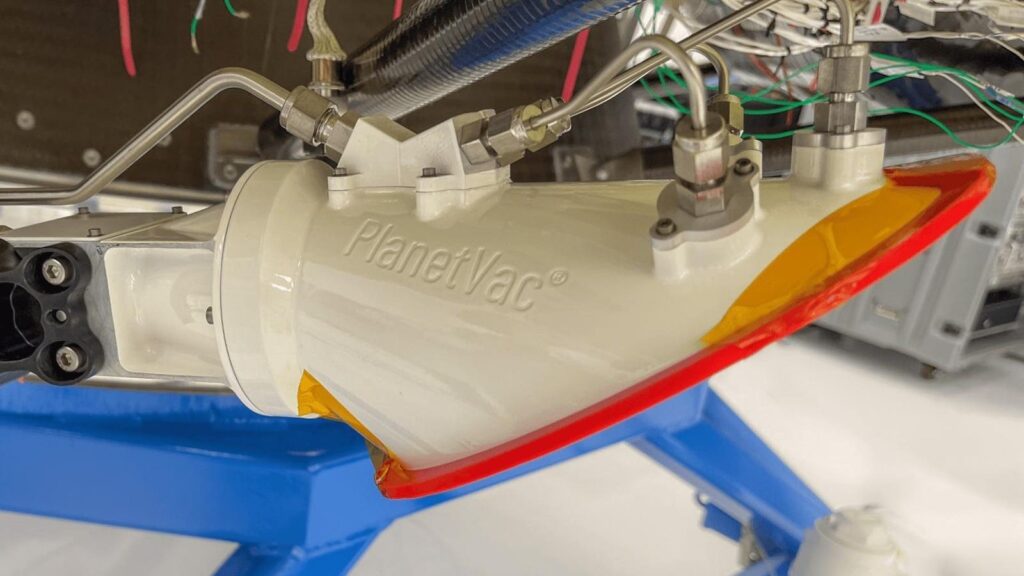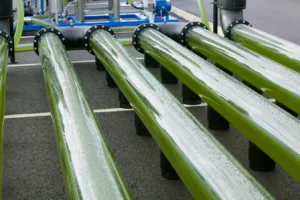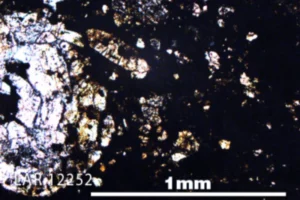
NASA is sending a vacuum cleaner to the surface of the moon
NASA is about to give its space exploration endeavors a new spin with the upcoming Blue Ghost mission. In a surprising move, the agency has decided to send a vacuum cleaner-like technology called Lunar PlanetVac (LPV) to the lunar surface. The device, developed by Honeybee Robotics and part of Amazon founder Jeff Bezos’s Blue Origin space venture, is designed to collect samples from the moon’s regolith.
The LPV technology is a significant step forward in NASA’s Artemis program, which aims to establish a sustainable human presence on the moon. This goal requires taking advantage of the resources available on the moon, and LPV seems poised to play a crucial role in that endeavor.
By utilizing this innovative device, NASA will be able to gather more information about the lunar surface without having to rely on manual labor or mechanical arms. The vacuum cleaner’s autonomous operation means it can function for extended periods without human intervention, making it an efficient and resilient tool in the long run.
In addition to its potential use in future sample return missions, LPV could also be utilized on other moons or planets that NASA plans to explore. This technology has the potential to revolutionize our understanding of the solar system.
It is worth noting that this vacuum cleaner is quite different from the one you may have at home. While it serves the same purpose of collecting dirt and debris, its primary function is in the name of science.
The Blue Ghost 1 lunar lander will be carrying 10 NASA instruments to the surface of the moon as part of the agency’s Commercial Lunar Payload Services (CLPS) initiative. The mission has been dubbed “Ghost Riders in the Sky” by Firefly Aerospace and aims to capture images of a lunar sunset.
If all goes according to plan, Blue Ghost will touch down on the moon’s surface in early March, with an expected operational duration of 14 Earth days.
Source: www.forbes.com


